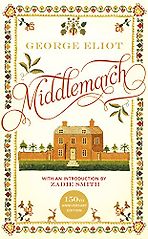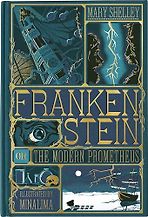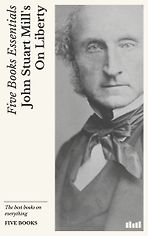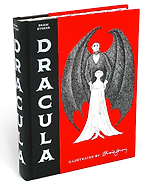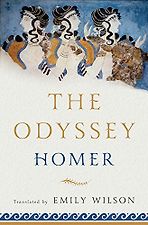Recommendations from our site
“It begins with a painting: Velasquez’s Las Meninas. Foucault does a reading of that painting to show that at any particular moment in culture, the way that something gets represented and the ways in which we analyze representation – what we choose to see, what is emphasized, what occluded – is governed by a world view peculiar to that age. What he does is to track changes in the way that knowledge and ideas get organized from the Renaissance onward. And for my purposes what’s really extraordinary about this book is Foucault’s description of the renaissance world as being a world of infinite connectedness, infinite analogy, where it seems that everything is analogous or equivalent to everything else. So that if you think about the world of a Shakespeare play you realize that the world of finance and of magic and of the professional classes and of the aristocracy – poets, madmen – all of these worlds are knowable and fundamentally the same. But what happens with the Enlightenment is that suddenly it occurs to people that perhaps, rather than everything being comparable to everything else, rather than analogy being the system of understanding, that perhaps distinction and discrimination might be a better way of understanding the complete human experience. What’s particularly compelling about Foucault’s approach is that he recognizes that we are always struggling with the same problems: how to understand the world around us; how to connect different aspects of experience and give them meaning. This impulse to order is what we do when we think and Foucault recognizes the same impulse in every age; but by creating an anatomy of each distinct period since the renaissance he helps us to grasp the way in which people are looking and representing things differently even if they are asking very similar questions.” Read more...
The best books on The Enlightenment
Sophie Gee, Literary Scholar





